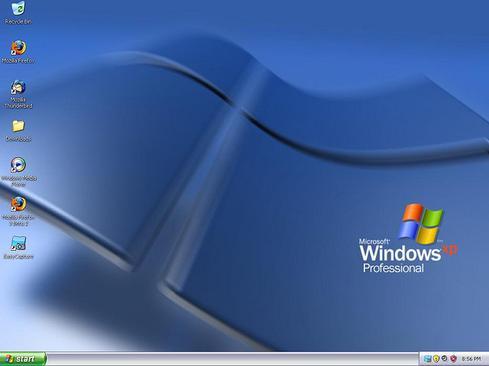Microsoft Windows
Windows is an operating system created by Microsoft. The first version, Windows 1.0, first released in 1985. The first 3 versions, however, are NOT operating systems. (This page only focuses on major editions and not editions such as embedded (IoT) or business (Server) editions.

Windows 1.0
Microsoft Windows 1.0 was not much to see, but it was the first in the series. All it was packaged with was a terminal, an earlier version of the Win. shell, the clipboard buffer system, a calendar, Windows' first processor "Windows Write" and "Windows Paint".

Windows 2.0
Windows 2.0 was more upgraded than the OS it succeeded. It had a 16-bit color capable VGA, introduced Microsoft Word and Microsoft Excel, supported overlapping programs, and was more supportive of the third-party software.

Windows 3.0
This version of Windows introduced file icons instead of solely file names, and introduced more support for sound. It sold very well.

Windows 3.1
Windows 3.1 introduced the Video For Windows framework, which was a player, as well as an encoder for videos, WinG, which allowed for a graphics performance improvement, and more.

Windows 95
Windows 95 was a heavy improvement from the previous versions of Windows. It introduced an entirely new Graphical User Interface, including a taskbar with the classic "Start" button, buttons, menus, and other things. It had a better kernel system and upgraded architecture, among other things.

Windows 98
Windows 98 introduced support for the Universal Serial Bus system (USB) and the FAT32 (File Allocation Table) version as apposed to FAT16.

Windows 2000
Windows 2000 introduced "Windows Media Player", a revised version of Video For Windows, an upgraded domain system, a better version of DirectX allowing for a wide array of games to function well, and more.

Windows XP
Windows XP gave a makeover of the UI to allow for better user functionality, an extremely different kernel system, better performance, the "Luna" theme, support for the second version of the USB standard, the second version of MSI (The default Windows installer), and other features.
/cdn.vox-cdn.com/assets/3098493/windowsvista.jpg)
Windows Vista
To start, Windows Vista introduced the new Windows Aero theme, which is its default theme. It was packaged with IE7 and games (among other services). It was met with very poor reception.
/windows-7-start-menu-desktop-5964e7fd5f9b583f18150af5.png)
Windows 7
Windows 7 came with the new PowerShell shell for Windows, better windows, and significant improvements to background services. It was met with highly more success then the O.S. it succeeded.

Windows 8
Windows 8 had a completely overhauled and somewhat simplified interface. It marked the introduction of the "Windows Store", a digital store for applications, the "Windows To Go" system that allows OS booting from flash drives, and more.

Windows 10
Windows 10 kept the Windows 8 interface, but was given Microsoft's Edge browser, the smart virtual assistant "Cortana", and "Windows Insiders", a program designed to allow testers to test preview builds of 10. This is the last installment of Microsoft Windows.







/cdn.vox-cdn.com/assets/3098493/windowsvista.jpg)
/windows-7-start-menu-desktop-5964e7fd5f9b583f18150af5.png)

